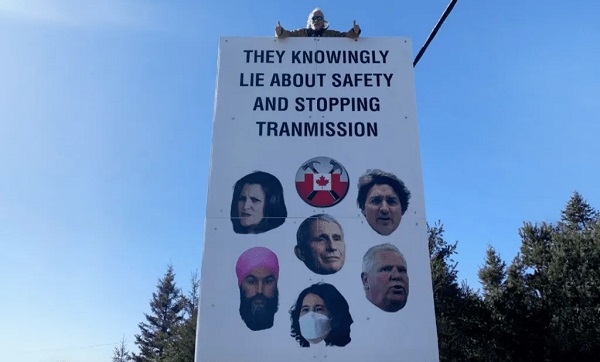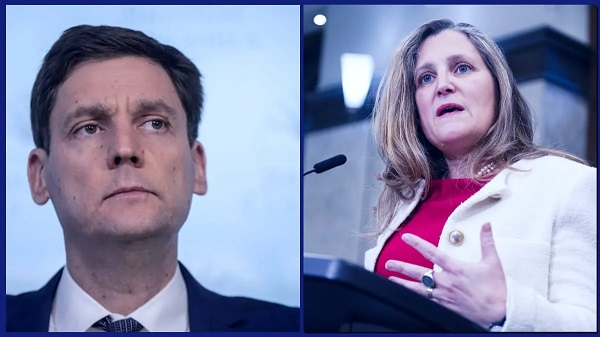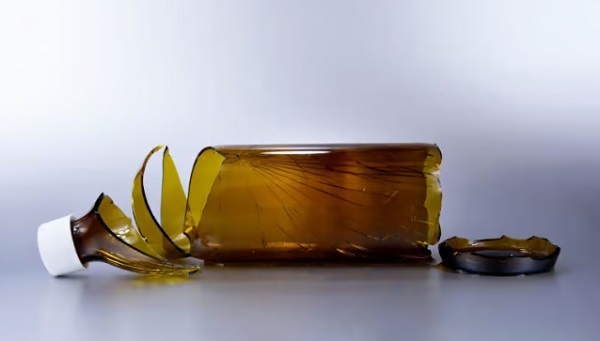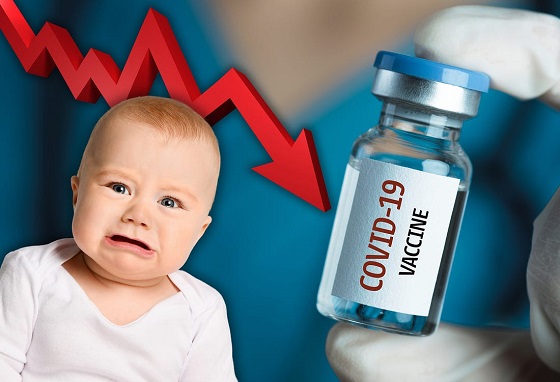Bruce Dowbiggin
The Secret To Landing Huge QB Contracts? Timing
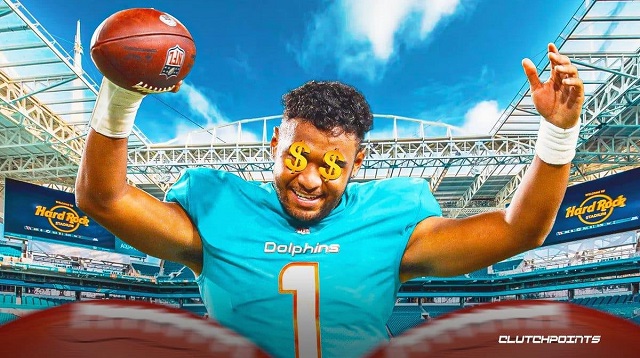
What is the reward for a quarterback who can’t get his team out of the wildcard round of the NFL playoffs? If you’re Miami QB Tua Tagovailoa the reward for failure will likely be a $250 million handshake over five years. While Travis Kelce walks off with Taylor Swift, Tua will walk off with a Brinks truck. How? And why does this have NFL executives petrified?
Tagovailoa has been a thing since his splashy college days at Alabama where he was anointed as the next great QB in the NFL. Losing teams were “tanking for Tua” in an attempt to draft him in 2020 when he left the Crimson Tide. In the end, the Miami Dolphins came away with what was purported to be the left-handed version of Joe Namath.
Unlike fellow 2020 draftees like QBs Joe Burrow, Jalen Hurts and Justin Herbert, Tua did not instantly light up the NFL. In his early years he was plagued by injuries and concussions so bad that there was talk he might even retire. But this year he stayed healthy and flourished early on in coach Mike McDaniel’s upbeat offence. When Tagovailoa and his speedy receivers Tyreek Hill and Jalen Waddle put up 70 points against Denver in Game 5 it seemed Miami was the team to beat for the Super Bowl.
But then injuries and defences caught up with the Dolphins. Once again, Tua faded down the stretch. From masters of their fate, the Fins gave up 56 points to Baltimore in Week 17 and then allowed Buffalo to beat them on their home field, losing the AFC East and home-field advantage to the Bills. Thus they were sentenced to the freezing -28 C windchill conditions in KC and a 26-7 spanking from Patrick Mahomes.
Despite being second in yards-per-throw while also ranking top five in yards-per-game and passing touchdowns since 2022, Tua is being branded as a disappointment in big games. Which couldn’t be worse news for the Dolphins. Having extended his contract into a fifth year in 2022, Miami must now decide whether to gamble it all on Tua improving or look for another QB who could get them over the hump.
Or pay the pitiless NFL Pay Piper nonetheless. In the modern NFL, the QB is king and thus must be paid as such. If you have a QB who might— might—be Super Bowl worthy you must pay the equivalent of the GDP of a small African nation. You are also whip-sawed by the certainty that the price for your QB will go up if you dither. Or else letting him go and trying to find another saviour in the unpredictable Draft lottery. In Tua’s case if he stays, that means anywhere from $225 (Hurts) to $275 million (Burrow) on the Miami salary cap with no hope of getting out from it if he stalls.
It’s the same dead end that faced the New York Giants last year where, after extending Daniel Jones’s contract through to the end of his rookie deal, they were forced to pay the unexciting Jones $160 million. Jones lasted six games this season before a season-ending injury. Ditto Washington which dithered on Kirk Cousins, paying him enormous amounts on one-year extensions then losing him to the Vikings in free agency.
While Miami contemplates either arsenic or strychnine in its Tua dilemma, they can look out and see a team that played the QB Casino perfectly. Houston’s C.J. Stroud— selected second in the 2023 Draft— lit up the Cleveland Browns in his first playoff game, looking every inch the Sure Thing NFL clubs crave.
As opposed to Tua, Stroud still has four more years at a very friendly rate. Throughout the four-year rookie contract, Stroud’s cap hit never goes above $11.5 million. That allows the improving Texans to spend on other players needed to win in the postseason.
The Chicago Bears wish. They have entered the extend-or-lose-him phase with fourth-year QB Justin Fields, who flashes some promise but also major warning signs. Do they sign him to the going $250 M rate or use the No. 1 pick in this year’s Draft (obtained from Carolina) on his replacement? Picking wrong will set back the Bears rebuild at least a couple of years.
The Bears are lucky by contrast with the Carolina Panthers who thought they’d answered their QB muddle by trading up, forgoing Stroud to take undersized Alabama QB Bryce Young first overall. His rookie year was a washout, with the Panthers winning just two games and coach Frank Reich fired midway. Critics who loved him at last April’s draft now think Young might be too small for the position, forcing Carolina to go through the whole QB gauntlet once again if, by next year, he is washing out.
Some teams try to add a young QB once they have the other pieces in place, hoping to find someone whom will fit into an existing template. The Detroit Lions are trying to make that equation work with Jared Goff. That was also the thought with Cousins in Minnesota. Just plug-and-play him into a veteran team and voila! Except it hasn’t worked. It rarely does.
Getting a QB to perform over his contract value means riding a young player like Stroud till he gets to the serious money. Then putting other key pieces in place around him. See: Mister Irrelevant Brock Purdy in San Fran where they were able to pay stars like Nick Bosa, DeeBo Samuel, Christian McCaffrey, George Kittle and Trent Williams because Purdy was costing so little.
Who knows which 2020 QB model will prove to be the template? Based on this past weekend it might just be the guy selected 26th overall who waited behind Aaron Rodgers. Packers QB Jordan Love made himself $500 K in humbling the Dallas Cowboys after a long apprenticeship. His affordability just might take the Packers to the Super Bowl.
Bruce Dowbiggin @dowbboy is the editor of Not The Public Broadcaster A two-time winner of the Gemini Award as Canada’s top television sports broadcaster, he’s a regular contributor to Sirius XM Canada Talks Ch. 167. Inexact Science: The Six Most Compelling Draft Years In NHL History, his new book with his son Evan, was voted the seventh-best professional hockey book of all time by bookauthority.org . His 2004 book Money Players was voted sixth best on the same list, and is available via brucedowbigginbooks.ca.
Bruce Dowbiggin
Canada Day 2025: It’s Time For Boomers To Let The Kids Lead

So how did you spend your first Canada Day under new PM Mark Carney? If you’re CBC, freed from the clutches of Pierre Poilievere, you do a fawning interview with ex-pat comedian Mike Myers, whose Elbows Up appearance on Saturday Night Live and whose partisan hockey sweater appearance with Carney were pivotal moments in the recent election. (Saving CBC from drastic budget cuts— not that they mentioned it.)
After Donald Trump’s bellicose 51st state comments, Myers’ nostalgic harkening to the days of Gordie Howe and Mr. Dressup pivoted Boomers’ voter preferences in Canada. Soft Quebec sovereigntists petrified by Trump abandoned the Bloc for the Liberals. Progressives ditched the NDP for the Grits. And some wobbly Conservatives moved to Carney’s side, too, after the charm offensive by Myers, who hasn’t lived in Canada since the 1980s.

The result? Liberals vaulted 20 points in the polls and barely missed a majority in their fourth consecutive election win. Boomers were exultant. Their subsidized media was joyous. And the rest of the world asked if Canada was a serious country after the Libs naked substitution of Carney for the loathed Justin Trudeau. After all, hadn’t the U.S. Democrats tried the same thing and been summarily spanked by voters?
More to the point, had Canadian voters missed a great opportunity by sticking their heads in the ground on Chinese gangs using Canada as a drug launch pad, Canadian banks being fined billons for money laundering, immigration flooding social services, cratering GDP and Palestinian protests clogging the streets?
This at a time when the under-50 generation has lost faith in its destiny within Canada. As we wrote in March why are 43 percent of 18-36 male CDNs telling pollsters they would accept U.S. citizenship if they were guaranteed full rights and financial protections? Where upper-class products of liberal education— the future professional class— have taken to wearing keffiyehs to the convocations and demonstrations. Where housing is an unattainable goal in most major Canadian urban centres.
It’s not hard to see them looking at the Mike Myers obsession with a long-gone Canada and saying let’s get out of here. The signs are there. Recently former TVOntario host Steve Pakin attended two convocations. The first at the former Ryerson University, which switched its name to Toronto Metropolitan University in a fit of settler colonizer guilt. The second at Queens University, traditionally one of the elite schools in the nation. Here’s what he saw.
“At the end of the (TMU) convocation, when Charles Falzon, on his final day as dean of TMU’s Creative School, asked students to stand and sing the national anthem, many refused. They remained seated. Then, when the singing began, it was abundantly noticeable that almost none of the students sang along. And it wasn’t because they didn’t know the words, which were projected on a big screen. The unhappy looks on their faces clearly indicated a different, more political, explanation.

“I asked some of the TMU staff about it after the ceremony was over, and they confirmed what I saw happens all the time at convocations. Then I texted the president of another Ontario university who agreed: this is a common phenomenon among this generation at post-secondary institutions.”
At Queens, where Canadian flags were almost non-existent, O Canada was sung, but the message of unrest was clear: “Convocation sends a message of social stability,” Queen’s principal Patrick Deane began in his speech. “It is a ceremony shaped in history. You should value your connection to the past, but question that inheritance. Focus on the kind of society you’d like to inhabit.”
You can bet Deane is not telling them to question climate change and trans rights. As Paikin observes, “if we fail to create a more perfect union, we shouldn’t be surprised when a vast swath of young people don’t sing our anthem the way so many of the rest of us do.” So why are the best and brightest so reluctant to see as future in becoming the new professional class that runs society?
In the Free Press River Page searched the source of their discontent. “If the Great Recession, Covid-19, and the spectre of an artificial intelligence-assisted ‘white collar bloodbath’ has taught the professional class anything, it is that their credentials cannot save them. This insecurity, compounded by the outrageous cost of living in many large cities, has pushed the PMC’s anxieties to the breaking point.
“Add that to the triumph of identity politics in professional class institutions like universities, corporate C-suites, non-governmental organizations, and media—itself a byproduct of inter-elite competition as many have observed—and what you have is the modern left.
“… they’ve already come to the baffling conclusion that there’s no difference between class struggle and child sex changes. More to the point, the socialist mantra “From each according to his ability, to each according to his need” has only ever stood the test of time in Anabaptist sects. It requires a religious devotion to self-sacrifice that is not characteristic of this anxious and hyper-competitive class—as many actual socialists have spent the last decade warning.”

As we wrote in March Boomer nostalgia is a dead end. “It’s time that Canada’s aging elite ceded a greater voice in the national debate to younger voices. They need an intervention of the type Trump is now performing on Canadians addicted to sitting in first class but paying economy. He brought them into a room with the chairs and levelled with them about getting the free stuff they assumed was their right. Defence, security, trade, medical access. He’s the first president to do this in half a century.
And like all people addicted, CDN Boomers don’t want the truth. They want performance theatre, T-shirts and hockey games. They blame Trump for their predicament, caught between grim realities. Will they take the 12 steps? Or will their kids have to tell them the facts as they escort them to the home?” Because we’re now seeing the likely answer to that question everywhere in Canadian society.
Bruce Dowbiggin @dowbboy is the editor of Not The Public Broadcaster A two-time winner of the Gemini Award as Canada’s top television sports broadcaster, his new book Deal With It: The Trades That Stunned The NHL And Changed hockey is now available on Amazon. Inexact Science: The Six Most Compelling Draft Years In NHL History, his previous book with his son Evan, was voted the seventh-best professional hockey book of all time by bookauthority.org . His 2004 book Money Players was voted sixth best on the same list, and is available via brucedowbigginbooks.ca.
Bruce Dowbiggin
The Game That Let Canadians Forgive The Liberals — Again
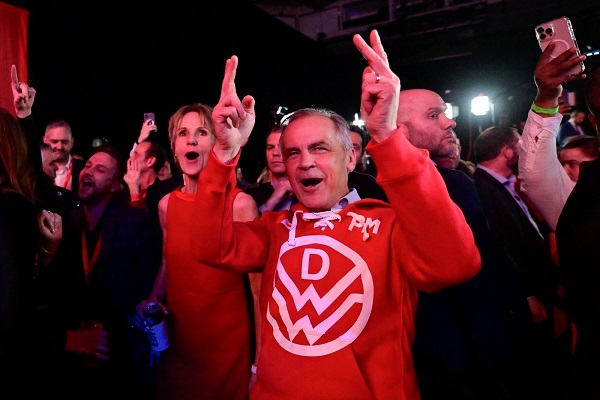
With the Americans winning the first game 3-1, a sense of panic crept over Canada as it headed to Game 2 in Boston. Losing a political battle with Trump was bad enough, but losing hockey bragging rights heading into a federal election was catastrophic for the Family Compact.
“It’s also more political than the (1972) Summit Series was, because Canada’s existence wasn’t on the line then, and it may be now. You’re damn right Canadians should boo the (U.S.) anthem.” Toronto Star columnist Bruce Arthur before Gm. 1 of USA/ Canada in The 4 Nations Cup.
The year 2025 is barely half over on Canada Day. There is much to go before we start assembling Best Of Lists for the year. But as Palestinian flags duel with the Maple Leaf for prominence on the 158th anniversary of Canada’s becoming a sovereign country it’s a fair guess that we will settle on Febuary 21 as the pivotal date of the year— and Canada’s destiny as well.
That was the date of Game 2 in the U.S./Canada rivalry at the Four Nations Tournament. Ostensibly created by the NHL to replace the moribund All Star format, the showdown of hockey nations in Boston became much more. Jolted by non-sports factors it became a pivotal moment in modern Canadian history.
Set against U.S. president Donald Trump’s bellicose talk of Canada as a U.S. state and the Mike Myers/ Mark Carney Elbows Up ad campaign, the gold-medal game evoked, for those of a certain age, memories of the famous 1972 Summit Series between Canada and the USSR. And somehow produced an unprecedented political reversal in Canadian elections.
As we wrote on Feb. 16 after Gm. 1 in Montreal, the Four Nations had been meant to be something far less incendiary. “Expecting a guys’ weekend like the concurrent NBA All Star game, the fraternal folks instead got a Pier Six brawl. It was the most stunning beginning to a game most could remember in 50 years. (Not least of all the rabid Canadian fanbase urging patriotism in the home of Quebec separation) Considering this Four Nations event was the NHL’s idea to replace the tame midseason All Star Game where players apologize for bumping into each other during a casual skate, the tumult as referees tried to start the game was shocking.
“Despite public calls for mutual respect, the sustained booing of the American national anthem and the Team Canada invocation by MMA legend Georges St. Pierre was answered by the Tkachuck brothers, Matthew and Brady, with a series of fights in the first nine seconds of the game. Three fights to be exact ,when former Canuck J.T. Miller squared up with Brandon Hagel. (All three U.S. players have either played on or now play for Canadian NHL teams.)
“Premeditated and nasty. To say nothing of the vicious mugging of Canada’s legend Sidney Crosby behind the U.S. net moments later by Charlie McEvoy.”
With the Americans winning the game 3-1 on Feb. 15, a sense of panic crept over Canada as it headed to Game 2 in Boston. Losing a political battle with Trump was bad enough, but losing hockey bragging rights heading into a federal election was catastrophic for the Family Compact. As we wrote in the aftermath, a slaughter was avoided.

“In the rematch for a title created just weeks before by the NHL the boys stuck to hockey. Anthem booing was restrained. Outside of an ill-advised appearance by Wayne Gretzky— now loathed for his Trump support— the emphasis was on skill. Playing largely without injured Matthew and Brady Tkachuk and McAvoy, the U.S. forced the game to OT where beleaguered goalie Craig Binnington held Canada in the game until Connor McDavid scored the game winner. “
The stunning turnaround in the series produced a similar turnaround in the Canadian federal election. Galvanized by Trump’s 51st State disrespect and exhilarated by the hockey team’s comeback, voters switched their votes in huge numbers to Carney, ignoring the abysmal record of the Liberals and their pathetic polling. From Pierre Poilievre having a 20-point lead in polls, hockey-besotted Canada flipped to award Carney a near-majority in the April 28 election.
The result stunned the Canadian political class and international critics who questioned how a single sporting event could have miraculously rescued the Liberals from themselves in such a short time.

While Canada soared because of the four Nations, a Canadian icon crashed to earth. “Perhaps the most public outcome was the now-demonization of Gretzky in Canada. Just as they had with Bobby Orr, another Canadian superstar living in America, Canadians wiped their hands of No. 99 over politics. Despite appeals from Orr, Don Cherry and others, the chance to make Gretzky a Trump proxy was too tempting.
We have been in several arguments on the subject among friends: Does Gretzky owe Canada something after carrying its hockey burden for so long? Could he have worn a Team Canada jersey? Shouldn’t he have made a statement that he backs Canada in its showdown with Trump? For now 99 is 0 in his homeland.”
Even now, months later, the events of late February have an air of disbelief around them, a shift so dramatic and so impactful on the nation that many still shake their heads. Sure, hockey wasn’t the device that blew up Canada’s politics. But it was the fuse that created a crater in the country.
Bruce Dowbiggin @dowbboy is the editor of Not The Public Broadcaster A two-time winner of the Gemini Award as Canada’s top television sports broadcaster, his new book Deal With It: The Trades That Stunned The NHL And Changed hockey is now available on Amazon. Inexact Science: The Six Most Compelling Draft Years In NHL History, his previous book with his son Evan, was voted the seventh-best professional hockey book of all time by bookauthority.org . His 2004 book Money Players was voted sixth best on the same list, and is available via brucedowbigginbooks.ca.
-
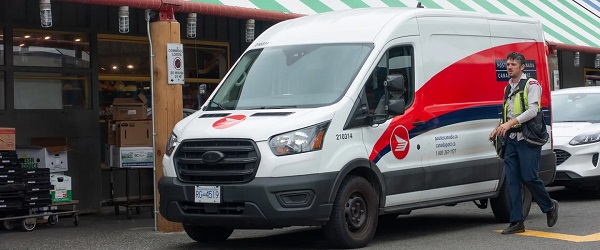
 Business1 day ago
Business1 day agoLatest shakedown attempt by Canada Post underscores need for privatization
-

 Business1 day ago
Business1 day agoWhy it’s time to repeal the oil tanker ban on B.C.’s north coast
-
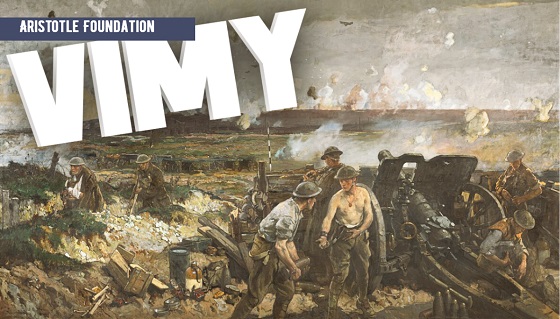
 Aristotle Foundation2 days ago
Aristotle Foundation2 days agoHow Vimy Ridge Shaped Canada
-

 Alberta1 day ago
Alberta1 day agoPierre Poilievre – Per Capita, Hardisty, Alberta Is the Most Important Little Town In Canada
-

 Alberta1 day ago
Alberta1 day agoAlberta Provincial Police – New chief of Independent Agency Police Service
-

 Energy1 day ago
Energy1 day agoIf Canada Wants to be the World’s Energy Partner, We Need to Act Like It
-
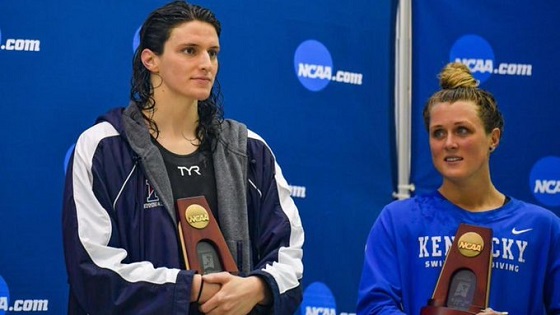
 MxM News1 day ago
MxM News1 day agoUPenn strips Lia Thomas of women’s swimming titles after Title IX investigation
-
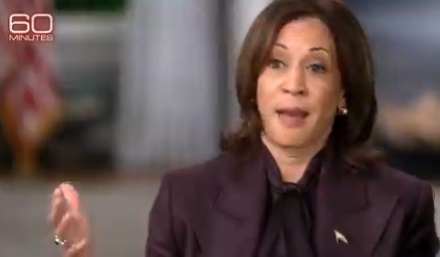
 International2 days ago
International2 days agoCBS settles with Trump over doctored 60 Minutes Harris interview



